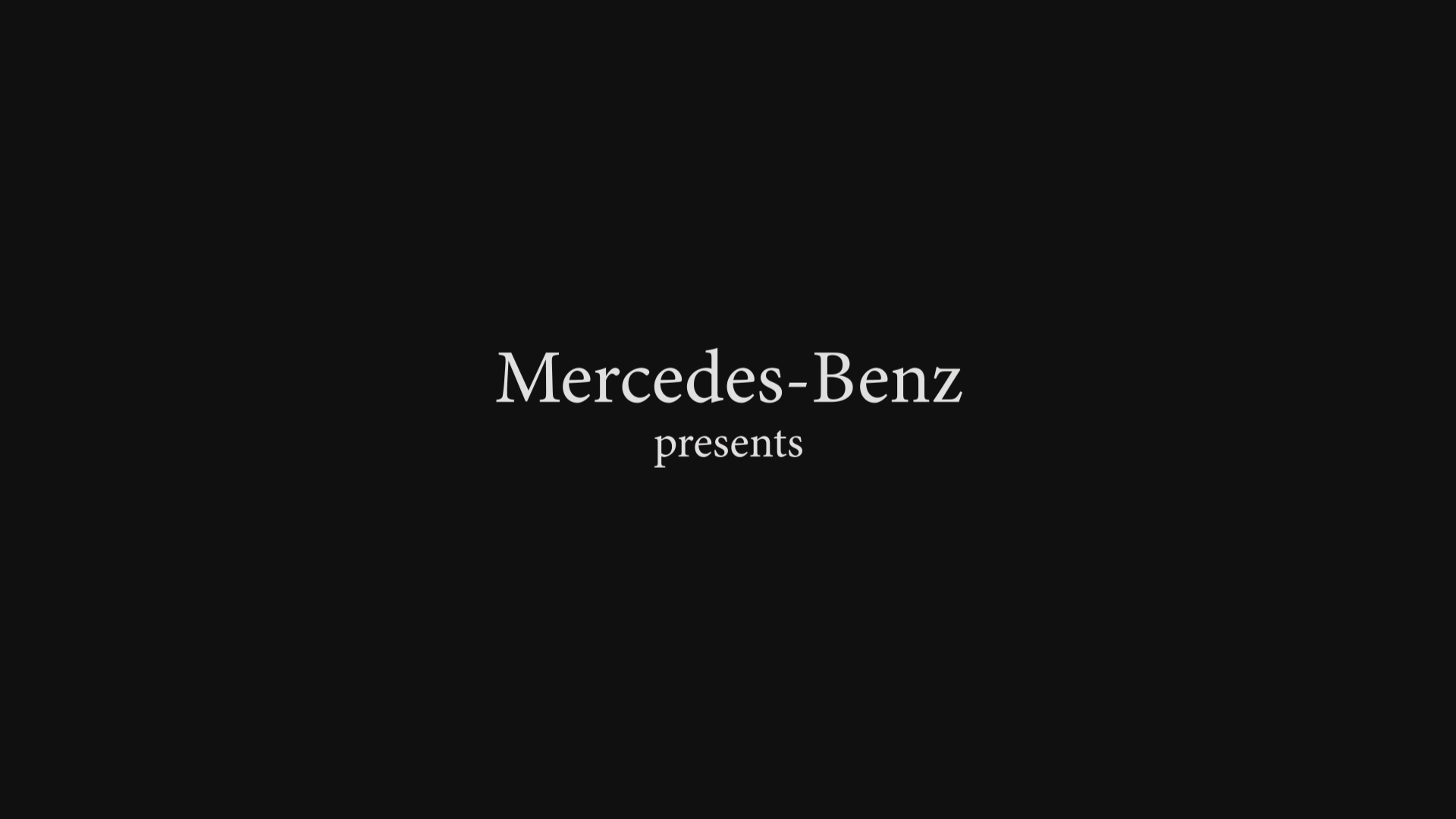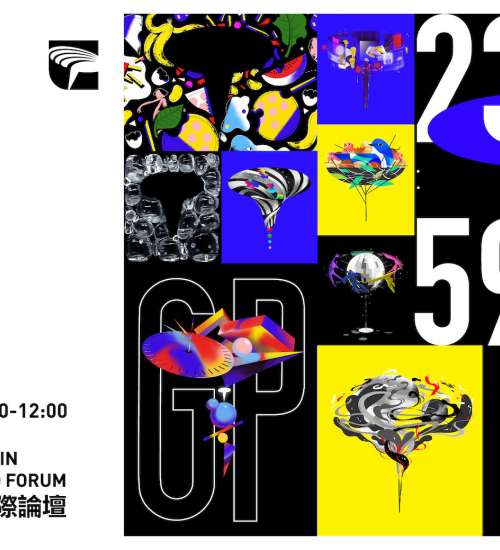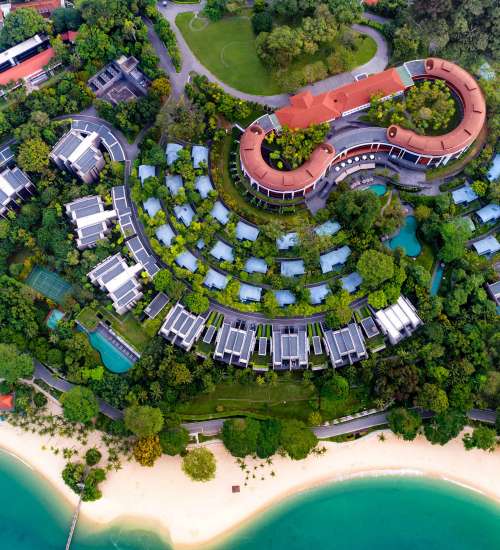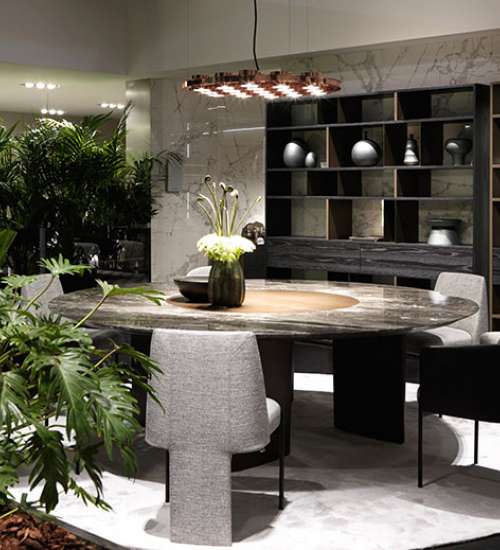It hasn’t been long since Mr. Jonathan Quek was cited among ‘20 Under 45’ by the URA for his fine contribution to architecture when the housing project Fennel was named as finalist at the WAF 2018 award.
With these recent distinctions, one can say that Mr. Quek is no stranger to accolades. In 2016, another housing project, Capers, won the International Architecture Award at The Chicago Athenaeum Museum of Architecture & Design. Recognition from the SIA, URA, and ArcAsia have also been given to numerous projects that the young architect at RT+Q, a Singapore headquartered architecture practice, has been part of.
Mr. Quek obtained his first architecture degree from Carnegie Mellon University. “That kind of gave me a broad introduction to architecture and technology, which served as a bridge between science and art.” After graduation he returned to Singapore to complete his national service, before deciding to apply at Columbia University for a Masters’ Degree in architecture.
RT+Q has been designing a number of multi-generational homes. “They are becoming popular,” observes Mr. Quek, who surmises that they answer the requirements of modern families for closeness and sharing of experiences. A number of existing homes are being renovated to make room for second or even third generations. “We ensure that the new home pays homage to the original, and at the same time creates a new dimension for comfortable living that the family and the children can enjoy.”
“I think people are realizing that remaining close to their family is important.” It supports the Asian tradition of passing down family values to its forebears, and ensuring they are raised according to what the family represents. “What’s important in designing such homes is ensuring that each family has its own private space,” Mr. Quek says. “If there is enough space, it’ll be nice to have separate wings for each family.” Otherwise, privacy can be worked out by allocating different floors to each family member. “There should also be a place where everyone can congregate and spend as much time as they want with other family members.”
Mr. Quek acknowledges the widespread use of technology in architecture – both as a tool in the creation process as well as an amenity in the resulting work. In the former it takes the form of computer-aided design programs, while in the latter it is tied to the security, safety and comfort mechanisms for the users.
Mr. Quek welcomes the introduction of technology in homes, particularly those that raise their comfort and security. “These can enhance the livability and therefore elevate the quality of life of their users.” He maintains that home technology should be intuitive and unobtrusive so that the users should not feel burdened when using them. “In the end, good and thoughtful design is the foundation of a comfortable home, and nothing can replace that. Technology is a welcome addition – but only after the foundation has been secured.”
Growing up with a father who is an esteemed architect provided Mr. Quek with valuable insights into architecture. “Family holidays included trips to Barcelona to see Gaudi's Sagrada Familia, and to Paris to visit Tschumi’s Parc de la Villette. We also saw the Sydney Opera House and Borobudur in Java. They inspired me subconsciously as I was growing up.”
The works of some Post-Modernist architects also interest Mr. Quek. “I like Richard Meier, who has done beautiful work. He’s an interesting architect who had a particular idea that he carried throughout his entire career. When you see his work, you will know immediately that it’s a Richard Meier building.
Besides traveling to view great architecture, Mr. Quek takes time off work to play tennis. A competitive player back in school, he remains fascinated by the game. “Younger players are showing incredible techniques. There have been several innovations in the game, but constant practice and mastery of sound techniques help a lot.”
With a keen eye for style, complemented by a desire to constantly improve – whether through inspiration drawn from renowned architects or the evolving techniques of his chosen sport – Mr. Quek is clearly on the road towards an elevated version of his already exceptional self.













 Back
Back